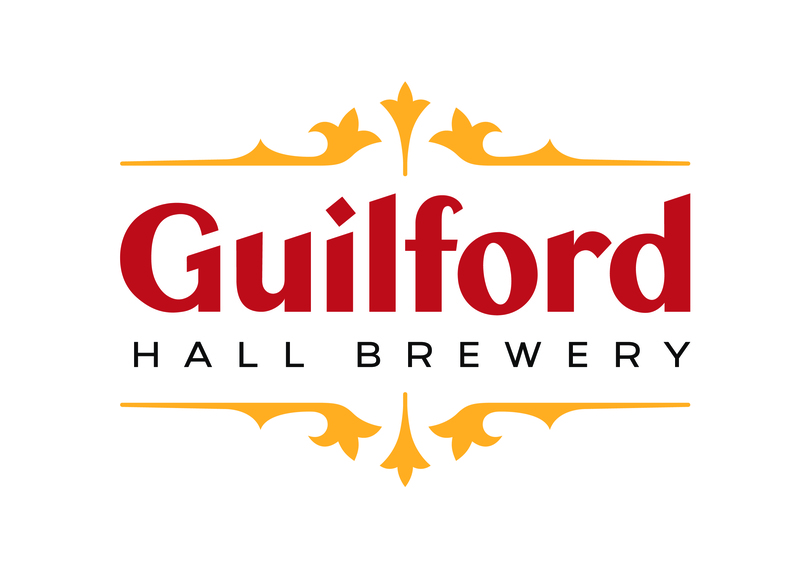Are You Missing Out on the Gut Health Trend? Introducing High-Fiber Wheat Flour for Next-Level Nutrition.
SPONSORED CONTENT FROM Bay State Milling
Like most fads, food trends come and go. But over the decades, one thing has remained certain. From diets like South Beach and Whole 30 to crazes including keto, paleo and juicing, consumers have been told to remove entire food groups from their diets in order to achieve their desired results.
In the midst of these patterns of restricting and replacing, people have overlooked key nutrients. On the top of the list is fiber.
95% of Americans fail to eat enough fiber each and every day. That’s because diets have changed drastically due to restrictive eating. Fiber-rich foods like fruits, vegetables, beans, nuts, and seeds have sometimes taken a back seat.
This lack of fiber comes with a lack of its countless benefits. Fiber is a certified superfood, with a proven track record for aiding in digestion, lowering cholesterol, reducing inflammation, and building better immunity.
Beyond these benefits, recent studies have revealed fiber’s impact on the microbiome. Prebiotic fiber feeds the good bacteria in the gut, which is where over 70% of immune cells reside. When consumed in high quantities, it offers serious gut health benefits.
There’s also a strong connection between the microbiota living in the intestinal tract and the mind, meaning nourishing these cells with fiber affects memory, mood, cognitive skills and overall mental health.
With around one in four consumers saying digestive health is the most important aspect of their overall health, according to IFIC, the fiber-sized hole in American consumers’ diets is growing more apparent.
But how can consumers realistically meet their daily fiber needs while still eating the foods they love? Believe it or not, the answer is wheat.
Wheat is the most consumed grain and protein in the US, with consumers eating 130 pounds of wheat on average per year, compared to only 20 pounds of corn, 68 pounds of chicken and 52 pounds of beef, per the USDA.
Since wheat-based products are such a staple in consumers’ diets, why shouldn’t they look for a higher-quality, more nutritious option? Enter High-Fiber Wheat Flour.
For 125 years, Bay State Milling has been on a mission to provide access to affordable nutrition and deliver better health through agriculture. That’s why we set out to find a healthier wheat.
We’ve worked for over 25 years to study the DNA of wheat, and we’ve discovered a proprietary variety with the potential to build a better food system, from the ground up.
High-Fiber Wheat Flour is non-GMO and naturally contains 10x more gut-healthy prebiotic fiber than the average wheat flour. Delivered through resistant starch, it enhances gut health benefits for consumers while looking, acting, and tasting exactly like traditional refined wheat flour. And recent research from Purdue University and Bay State Milling affirms High-Fiber Wheat Flour’s health creds – finding that the flour stimulates the growth of good bacteria in the gut.
Bay State Milling is working with brands big and small to innovate and renovate products by incorporating HealthSense® High-Fiber Wheat Flour – a refined wheat flour that helps brands meet consumers where they’re at and provides increased fiber in a variety of applications.
Because HealthSense® performs and tastes just like traditional flour, it offers food formulators a fool-proof way to boost on-pack claims around high-fiber, non-GMO and prebiotic benefits while continuing to deliver on taste and texture.
The high-fiber ingredient is making its way into foods across the grocery store, from sweets like Enlightened® ice cream cones and ready-to-bake cookies to better-for-you mac and cheese and high-fiber tortillas for the whole family.















